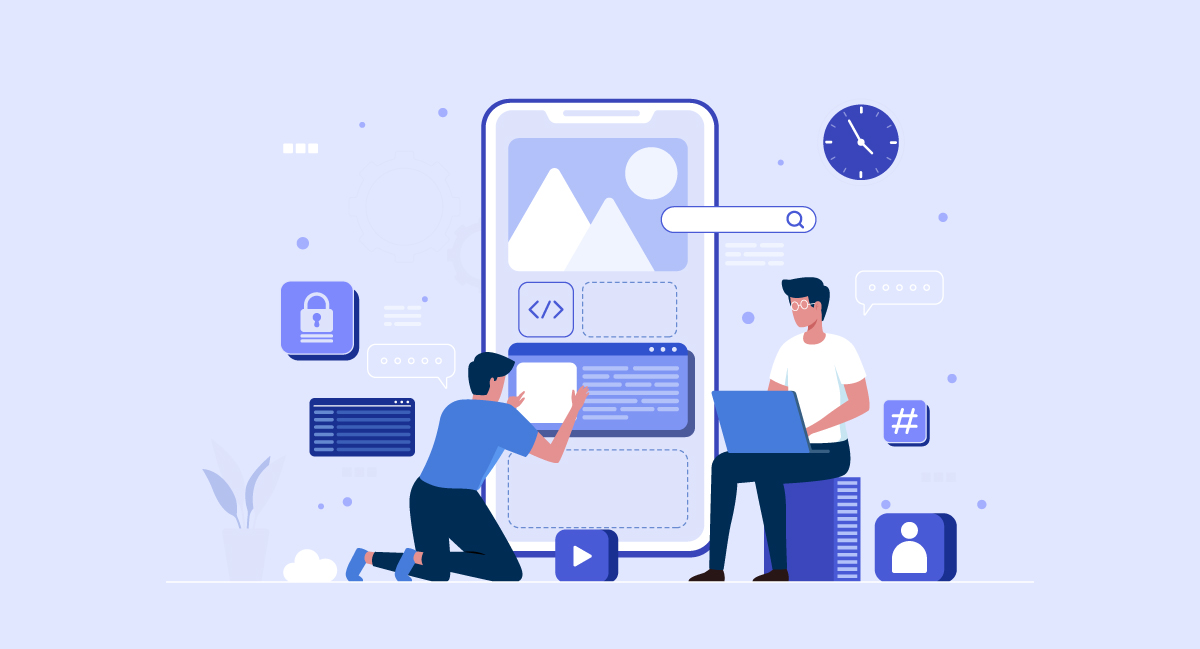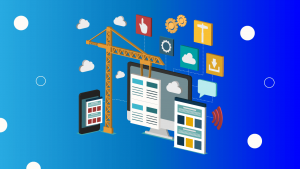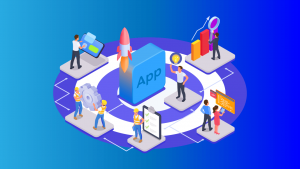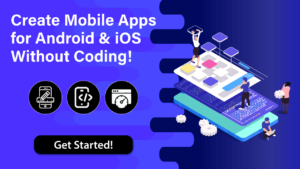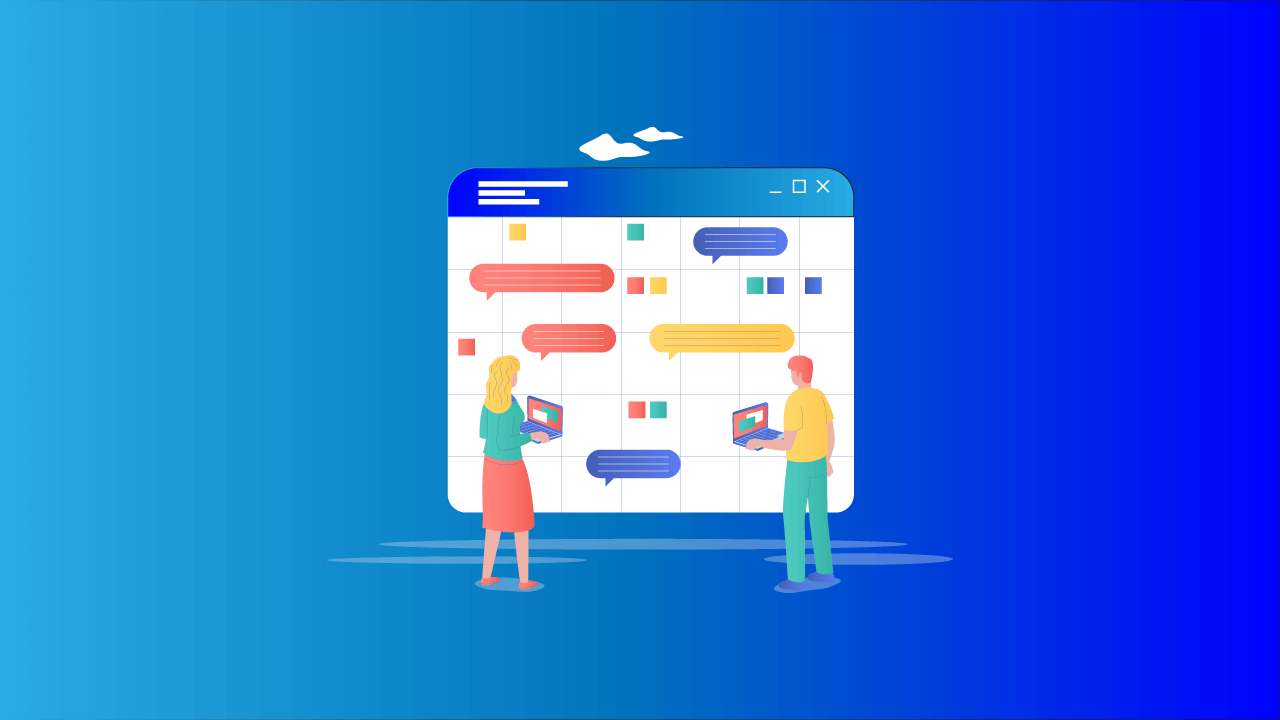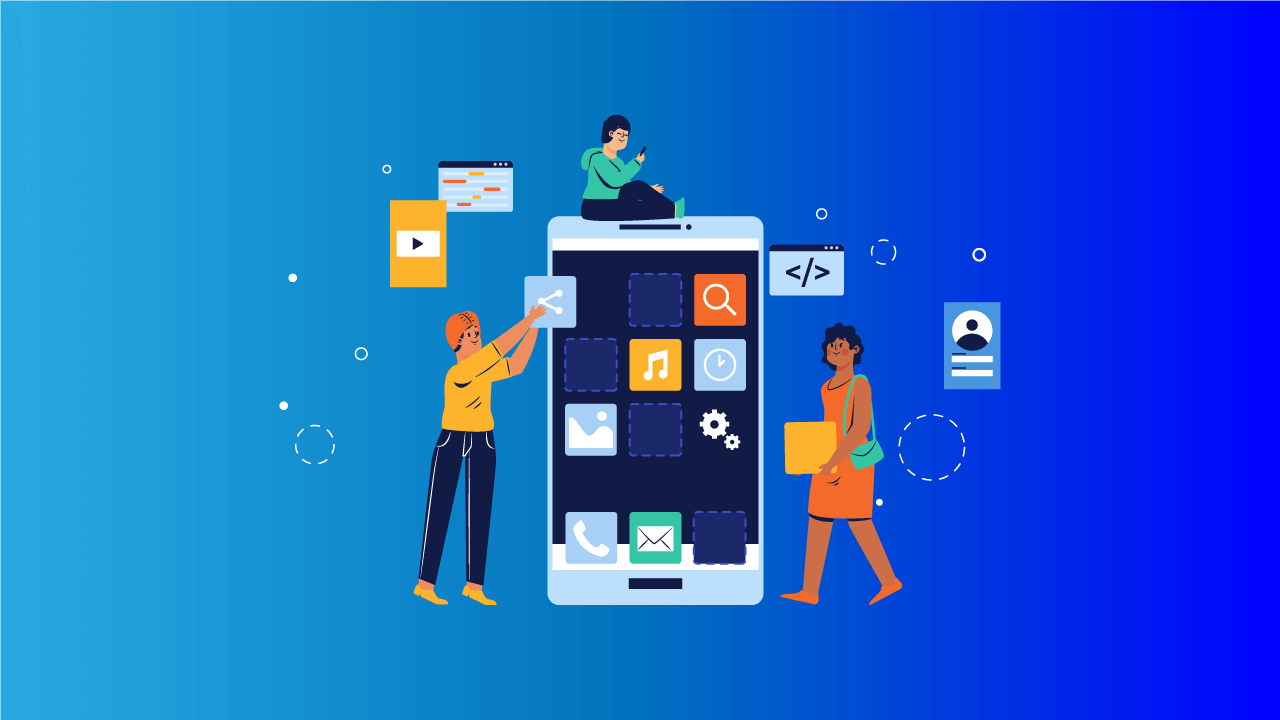Building a service app can be an exciting yet daunting process. With a bit of know-how, however, you can create a practical and valuable service application to meet the needs of your users. Here are some tips and tricks to help guide you through the development process.
-
Defining the Idea and Purpose of the Service App
Defining the idea and purpose of the service app is a crucial step in the development process. It involves clearly articulating the problem or need that the app aims to solve. For example, the app may be designed to make it easier for users to find and book service providers in their area, or it may be created to streamline the scheduling and communication process for a specific industry.
Once the problem or need has been identified, it is essential to identify the key features and functionality of the service app that will help solve it. This may include things like a search function, booking and scheduling capabilities, or communication tools.
It is also important to research the market and competition to ensure that the app’s unique value proposition is clearly defined. This includes identifying the app’s target market and audience, outlining its overall goals and objectives, and potential impact on users and the market.
By clearly defining the service apps idea and purpose, developers can ensure that the app is tailored to meet the specific needs of its target users and stands out in a crowded market.
-
Identifying the Target Audience
Identifying the target audience for a service app is an essential step in the development process. It involves researching and understanding the demographic and psychographic characteristics of the people the app intends to serve. This includes age, gender, income, location, interests, and pain points.

By identifying the target audience, developers can ensure that the app’s features and functionality are tailored to meet the specific needs of that group of people. For example, a service app for busy working professionals may have different features and functionality than an app for retirees.
It’s also important to keep in mind that the target audience may evolve, so it’s essential to continually monitor and adjust the app’s features and functionality to ensure that it remains relevant and valuable for the target audience. Understanding the target audience will help create an effective marketing and promotion plan to attract the right users to the app.
-
Designing the User Interface and User Experience
Designing a service app’s user interface and user experience is crucial for ensuring that the app is easy to use and navigate. A well-designed user interface allows users to find the information and features they need quickly.
In contrast, a positive user experience ensures that users are satisfied with the app and want to continue using it. To create an excellent user interface and user experience, designers must focus on usability, accessibility, and visual design principles. This includes creating intuitive navigation, using a clear and consistent layout, and incorporating appropriate color schemes and typography.
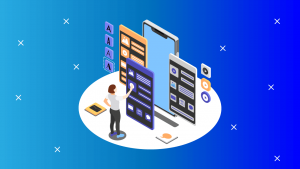
Usability testing is a great way to ensure that the interface is easy to use and understand. This testing allows designers to gather feedback from real users, which can be used to make adjustments and improvements to the interface. Designers must consider the user experience in how the app functions and performs. This includes the app’s speed, ease of completing tasks, and the users’ overall satisfaction.
By designing a user interface and user experience that is intuitive, accessible, and visually pleasing, developers can ensure that the app is easy to use and that users will want to continue using it. It’s also important to keep in mind that the user interface and user experience should be consistent across all platforms (Android, iOS, web, etc.) to provide a seamless experience to the users.
-
Building the Technical Infrastructure
Building the technical infrastructure of a service app involves creating the systems and technology that allow the app to function correctly. This includes server-side architecture, database design, and security measures.
Building a robust and reliable infrastructure that can handle the demands of many users and transactions is essential. This will ensure that the app can handle high levels of traffic and can scale as the user base grows. One should also consider using cloud infrastructure providers like Mobiroller, AWS, GCP, and Azure, as they offer various services such as storage, databases, and deployment that can be used to build the app’s backend.
Security is also a key consideration when building the technical infrastructure of a service app. This includes protecting user data, preventing unauthorized access, and ensuring the app complies with relevant regulations. One should ensure that the app uses encryption and authentication to protect user data and that regular security audits are conducted to identify and address any vulnerabilities. Additionally, it’s essential to have a disaster recovery plan in place to ensure that the app can continue functioning in case of any technical issues.
Building a robust and secure technical infrastructure is essential for ensuring that the service app is reliable and can handle the demands of a large user base.
-
Integrating Payment Systems and Monetization Strategies
Integrating payment systems and monetization strategies into a service app is essential in creating a sustainable and profitable business model. Various payment systems and monetization strategies can be used, depending on the specific needs of the app and its target audience.

For example, a subscription-based model may be appropriate for a service app that offers premium content or features. In contrast, a pay-per-use model may be more appropriate for a service app that connects users with service providers.
Monetization strategies such as in-app advertising and sponsored content can also be used to generate revenue.
When integrating payment systems, it’s essential to consider factors such as security, user experience, and compatibility with various platforms (iOS, Android, web, etc.). It’s also essential to ensure that the app complies with relevant regulations and that user data is protected. One should also consider using payment gateways like Stripe, PayPal, and Square, which provide a secure and easy way to process payments and manage transactions.
Integrating payment systems and monetization strategies into a service app is essential in creating a sustainable and profitable business model. By considering factors such as security, user experience, and compliance, developers can ensure that the app can generate revenue while providing a positive user experience.
-
Testing and Quality Assurance
Testing and quality assurance (QA) is an essential step in the development process of a service app. It helps ensure that the app functions as intended and meets the target audience’s needs. The testing phase includes different types of testing like functional, performance, usability, security, and compatibility.
Functional testing ensures that the app’s features and functions are working correctly and as intended. Performance testing helps identify and resolve issues related to the app’s speed and scalability.

Usability testing allows developers to gather feedback from real users and ensure that the app is easy to use and understand. Security testing helps to identify and address any vulnerabilities in the app’s security. Compatibility testing is a process of testing the app on different platforms like iOS, Android, web, etc., to ensure that it works well on all platforms.
QA is an ongoing process that should be conducted throughout the development process, starting from the early stages of development and continuing through the app’s launch and post-launch phases. This can be done through manual testing, automated testing, or a combination of both. It helps to identify and resolve any issues before the app is released to the public, ensuring a high-quality user experience.
Overall, testing and quality assurance are crucial for ensuring that a service app functions as intended and meets the target audience’s needs. By conducting thorough testing and QA throughout the development process, developers can ensure that the app is reliable, easy to use, and secure.
-
Developing a Marketing and Promotion Plan
Developing a marketing and promotion plan is critical in launching a service app. It helps to ensure that the target audience will discover and adopt the app. A well-crafted marketing and promotion plan should focus on reaching the right users, at the right time, with the right message.
The first step in developing a marketing and promotion plan is identifying the target audience, their pain points, and the app’s value. This information will help to craft the messaging for the app and to decide on the channels to use for promotion.
Next, it is essential to create a landing page, social media profiles, and other assets that will be used to promote the app. These assets should be optimized for search engines and be engaging and informative to potential users. Having a blog or a newsletter can help provide valuable information to the target audience and keep them engaged.
Another critical aspect of the promotion plan is using paid marketing channels like Google AdWords, Facebook Ads, and other platforms. This will help to reach a wider audience and to generate more downloads.
It’s essential to continually monitor the performance of the marketing and promotion efforts and make adjustments as needed. This includes tracking metrics such as downloads, engagement, and conversion rates.
Overall, developing a marketing and promotion plan is crucial for ensuring that the target audience discovers and adopts a service app. Developers can increase the app’s visibility and generate more downloads by identifying the target audience, creating engaging assets, and using paid marketing channels.
-
Launching the Service App
Launching a service app is the final step in the development process and the beginning of the journey for the app. It’s essential to have a well-thought-out plan to launch the app, as it can significantly impact its success.

Before launching the app, it’s essential to do a final round of testing and QA to ensure that it functions correctly and is free of any bugs or issues. It’s also essential to ensure that all of the app’s content and assets are complete and ready to be released to the public.
Next, it’s essential to submit the app to the appropriate app stores, such as the Apple App Store, Google Play Store, etc. Depending on the store, this process usually takes a few days to a week.
It’s also essential to have a plan for handling customer support and app updates after launch. This includes setting up a system for handling user feedback and addressing issues.
It’s essential to have a launch plan to create buzz and generate interest in the app. This can include announcing the launch on social media, reaching out to media outlets, and creating a launch event.
Launching a service app is an essential step in the development process. By having a well-thought-out plan, preparing the app and the assets, submitting the app to the stores, handling customer support and updates, and creating buzz, developers can increase the chances of the app’s success.
-
Monitoring and Analyzing User Feedback and App Performance
Monitoring and analyzing user feedback and app performance are essential for a service app’s success. It helps to identify issues, track user engagement, and make data-driven decisions to improve the app’s functionality and user experience.
User feedback can be gathered through various methods, such as in-app feedback forms, surveys, social media, and app store reviews. It’s essential to regularly review and respond to user feedback, as it can provide valuable insights into the app’s strengths and weaknesses.
App performance can be monitored through various metrics such as the number of active users, retention rate, session length, and crash rate. These metrics can help to identify any issues with the app’s functionality or user experience.
It’s essential to use analytics tools such as Google Analytics, Firebase, Mixpanel, etc., to track the app’s performance, user behavior, and engagement. It’s also essential to set up goals and track key performance indicators (KPIs) to measure the app’s success.
Once the data has been collected and analyzed, it’s important to make data-driven decisions to improve the app. This may involve making changes to the app’s features and functionality or marketing and promotion efforts.
Monitoring and analyzing user feedback and app performance are essential for a service app’s success. By gathering and analyzing user feedback, monitoring app performance, and making data-driven decisions, developers can improve the app’s functionality and user experience.
-
Continuously Improving and Updating the Service App
Continuously improving and updating a service app is essential to the app’s lifecycle. It helps ensure that the app remains relevant, practical, and competitive. It’s essential to release updates and new features to the app regularly and keep it up to date with the latest technology and trends.
One way to continuously improve the app is by incorporating user feedback, monitoring and analyzing app performance data, and identifying areas where the app can be improved. This can include fixing bugs, adding new features, and making changes to the app’s design and user experience.
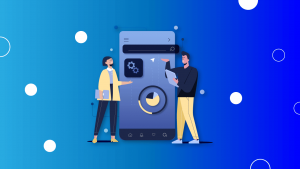
Another way to improve the app is by keeping up with the latest technology and trends. This can include incorporating new technologies such as machine learning, artificial intelligence, or blockchain or adopting new design trends like Material Design or Apple’s Human Interface Guidelines.
It’s also important to consider the app’s scalability, security, and compliance with relevant regulations. This can include updating the app’s infrastructure and security measures and ensuring that the app complies with relevant regulations.
Finally, it’s crucial to have a plan for handling customer support and app updates after launch. This includes setting up a system for handling user feedback, addressing any issues that arise, and having a schedule for releasing updates and new features to the app.
Continuously improving and updating a service app is essential to the app’s lifecycle. It helps ensure that the app remains relevant, functional, and competitive. By incorporating user feedback, keeping up with the latest technology and trends, and having a plan for handling customer support and app updates, developers can ensure that the app continues to improve over time.
QUESTIONS AND ANSWERS
Q: What are the benefits of collecting and analyzing user feedback?
A: Collecting and analyzing user feedback is essential for understanding user experience and identifying areas where the app can be improved. This helps ensure the app remains relevant, sound, and competitive.
Q: How can developers continuously improve their service app?
A: Developers can continuously improve their service app by incorporating user feedback, monitoring and analyzing app performance data, keeping up with the latest technology and trends, and having a plan for handling customer support and app updates.
Q: What is Mobiroller?
A: Mobiroller is an easy-to-use platform for creating and launching service apps. It provides an intuitive interface and a wide range of features that make it easy to create, customize, and launch your service app.
Q: What scalability, security, and compliance with regulations are necessary when creating a service app?
A: It’s essential to consider the app’s scalability, security, and compliance with relevant regulations. This can include updating the app’s infrastructure and security measures and ensuring that the app complies with relevant regulations. This helps to ensure that the app is secure and reliable for users.
Q: What are some design trends that developers should consider when creating a service app?
A: Developers should consider using the latest technologies such as AI, ML, or blockchain or adopting new design trends like Material Design or Apple’s Human Interface Guidelines. This helps to ensure that the service app remains relevant, helpful, and competitive in the market.
CONCLUSION
Developing and maintaining a successful service app requires regular monitoring and analysis of user feedback and app performance metrics, as well as continuous improvement and updating of the app. Developers can ensure that their service app remains competitive by gathering and analyzing user feedback, monitoring app performance, incorporating new features and technologies, and addressing customer support issues. A service app can be a valuable asset for users and business owners with the right approach. And if you’re looking for an easy and efficient way to create your service app, consider using Mobiroller. Its user-friendly platform makes it easy for you to build and launch your service app. So why are you waiting? Sign up for Mobiroller today and start creating your service app!


